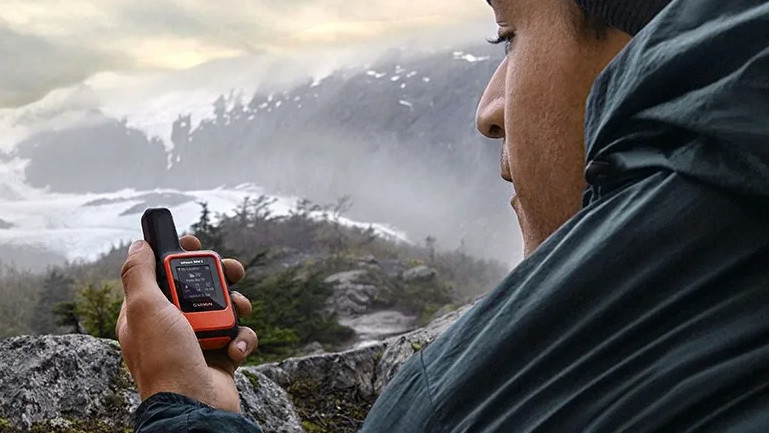
You might take a satellite communicator on a remote hiking expedition, but do you also carry one in your car regularly? Garmin has just released its annual inReach report showing how, where, and why people use the SOS alert on the company's satellite communicators, and it turns out more people than ever are using them during emergencies on the road.
Devices like the Garmin inReach Mini 2 let you stay in touch with friends and family when there's no cellular connectivity, and call for help if you need emergency assistance. Using the SOS on your device will send an interactive message to the Garmin Response Center, which is staffed 24/7 by responders who will take details of your situation and location, and work with appropriate emergency services anywhere in the world to get you the help you need.
During 2023 most callouts related to hiking and backpacking incidents, but there has been an increase in the number of people sending an SOS for help while driving and motorcycling (often for vehicle accidents).
Not all calls were made by the person or party involved either; sometimes they were made by a third party who happened to witness an incident or come across someone else who needed emergency aid.
When should you trigger an SOS?
There are no hard and fast rules about when it's appropriate to use the SOS function on your inReach device. The company says to use your own judgement, but advises that: "A good rule to go by is that when you feel uncertain of the outcome of your situation – that’s the time to reach out for help."
You can trigger an SOS for anyone, or for situations like a wildfire that need an emergency response. It's also OK to use the SOS function if you're borrowing the device. The most important thing is not to wait until it's too late.
- The best Garmin watches: our top recommendations for all athletes







